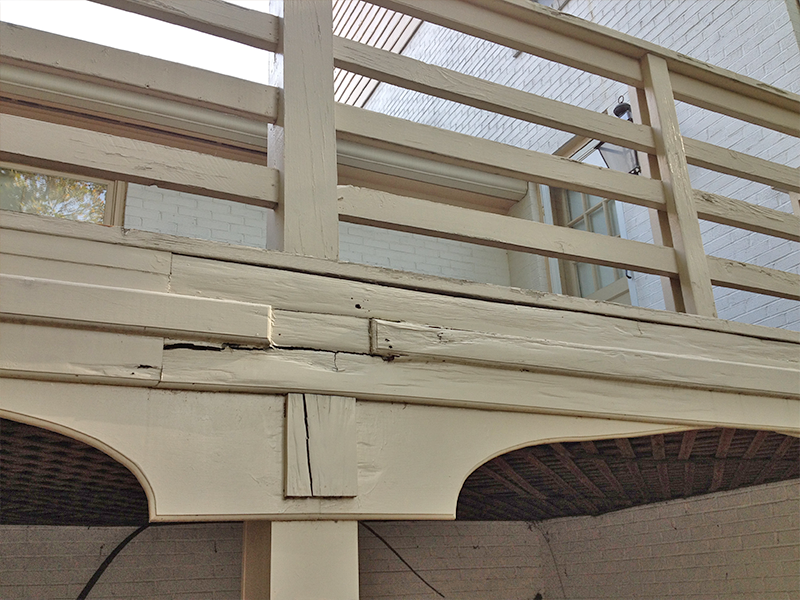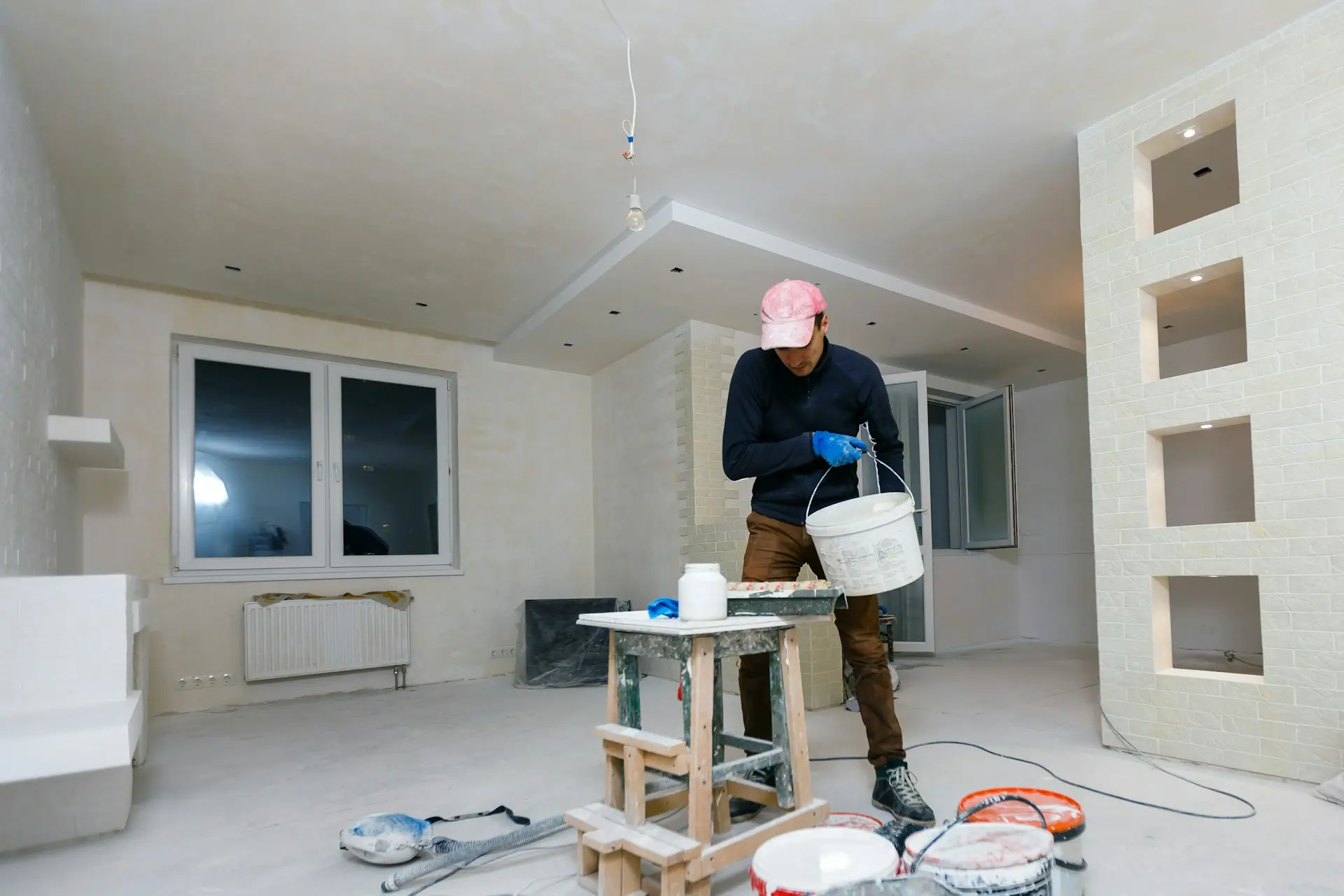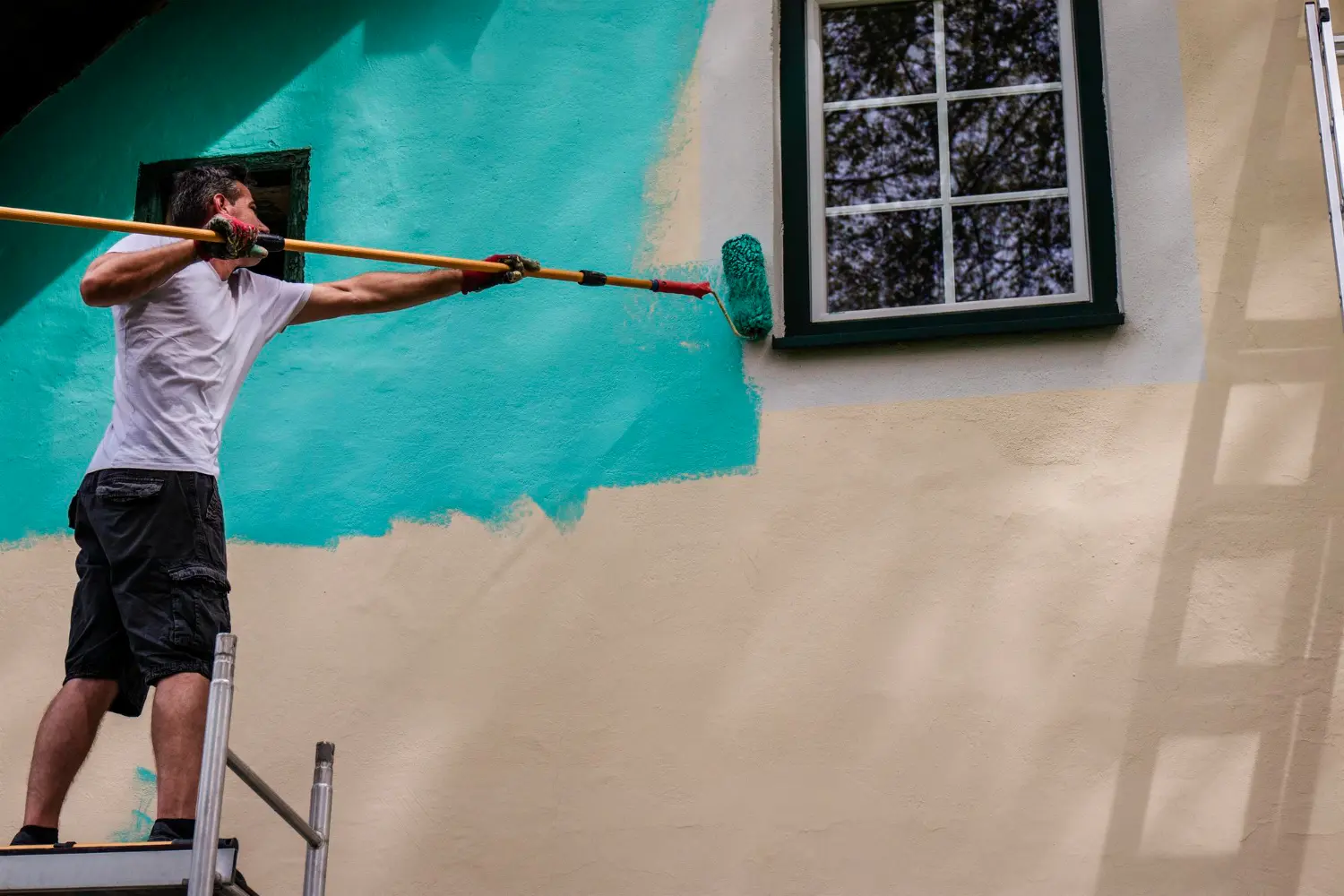Why Your Exterior Paint Is Peeling

Paint can be a fickle mistress to say the least. Using the same paint, the same tools and the same techniques for the same home exterior, why is it that some areas stick in place perfectly for years, while others start peeling after no time at all?
There’s really nothing more disheartening than seeing the fruits of your labor slowly but surely deteriorate before your eyes. Actually that’s not true – watching them deteriorate quickly before your eyes is even worse! Here at Homm CPS, one of the most common queries we receive is that of customers with questions about peeling paint, or in need of exterior touch-ups where peeling has become problematic. Unsurprisingly, they also want to know why it is that the paint has started to peel in the first place.
After all, identify the cause of the problem and you have the solution!
On the plus side, while it is a rather unfortunate problem to have to deal with, it is usually one that is comparatively easy to diagnose.

Peeling Due to Excess Moisture
Unsurprisingly, moisture represents the number one cause of exterior paint peeling. When you notice exterior paint that seems to be peeling in only a few specific areas around the home, chances are moisture is to blame.
Of course, if you actually see the area in question affected by excessive or prolonged moisture, you have all the evidence you need. Or in other instances, you may need to read between the lines and check for leaks in the surrounding area. It’s worth bearing in mind that excess moisture could be coming from the interior or exterior of the home, so you will need to think carefully about what’s both inside and out. If you suspect moisture to be the problem, it’s then simply a case of organizing the necessary repairs.
Poor Adhesion
In many cases, exterior paint begins to peel simply because it did not adhere to the surface in the first place. Once again, in most instances this comes down to moisture. That being, the surfaces that were painted were not immaculately dry at the time, which in turn made it difficult or impossible for the paint to stick appropriately.
However, moisture isn’t the only culprit as poor adhesion can also occur when surfaces are not appropriately prepared in general. For example, if the surface is dirty, greasy or has not been sanded lightly, the likelihood of peeling increases significantly. The same also goes for any areas that have been painted without high-quality primer being used beforehand.
Paint Quality
In addition to problems with the surfaces and the home itself, you also face a vastly elevated risk of peeling if you opt for substandard paints. Regardless of your chosen color, finish and so on, the quality of the paint used on the exterior of your home will make a big difference to how long the finish lasts.
It’s worth thinking about long-term value for money, rather than initial purchase costs. The reason being that if an admittedly cheaper paint then means you have to continue painting and repainting your home on a regular basis over the years, you’ll only end up wishing you went for something a little more premium.
Correcting the Problem
As for correcting the problem, it’s not the most enjoyable of processes, admittedly, but also doesn’t have to be difficult. The single most important thing to remember is that under no circumstances should you ever even consider painting over areas that are peeling. In doing so, not only will you be doing nothing to address the problem, but will simply have to deal with additional layers of peeling paint soon enough.
It’s basically a case of taking the affected area back to basics and starting again. Remove the peeling paint with a scraper, sand around the area to prepare the surface and use quality primer. After this, apply the paint as normal and give it plenty of time to dry. Just be sure that at all times, you are paying close attention to what could have caused the problem in the first place.
Otherwise, chances are this is a process you will be repeating sooner rather than later!










